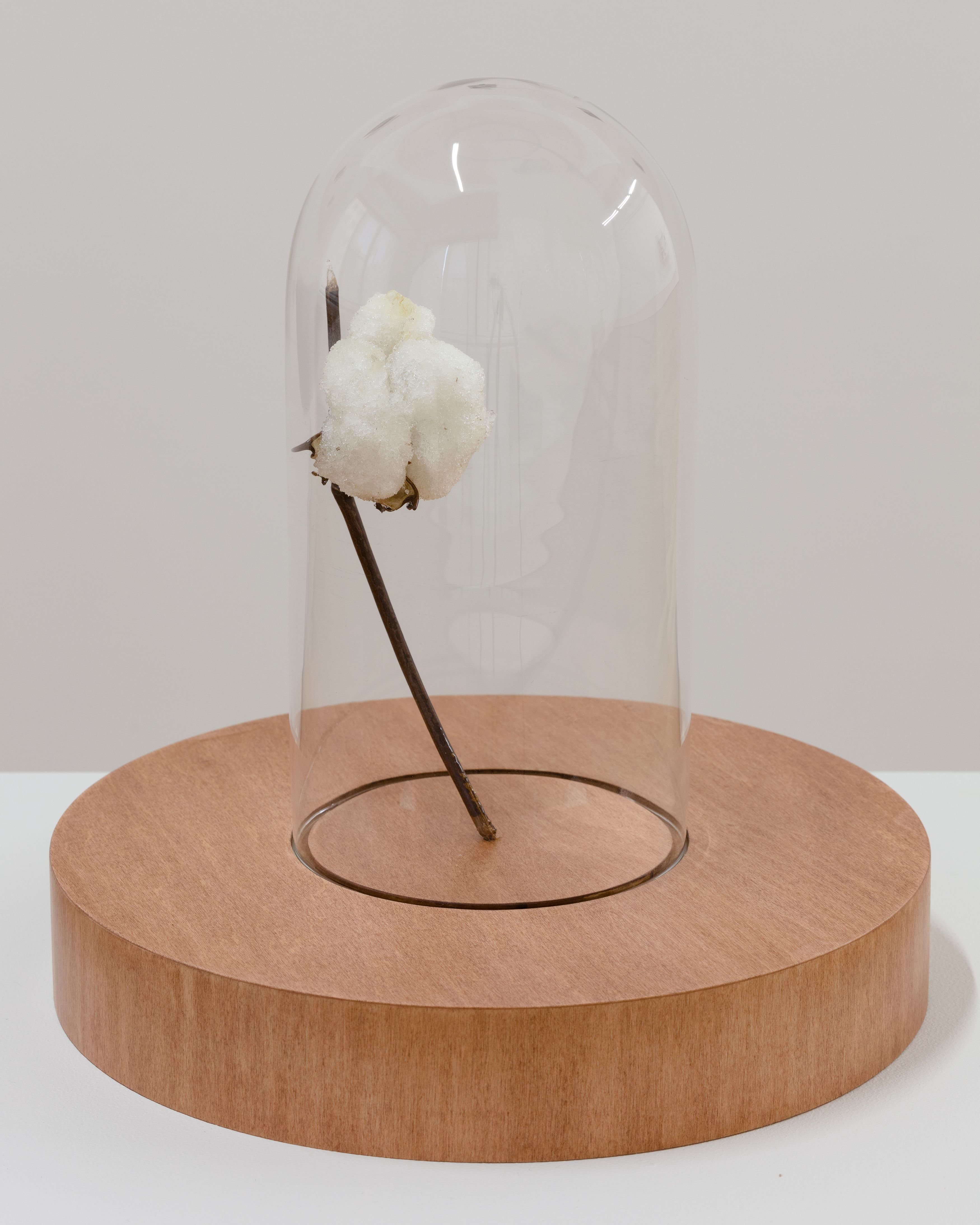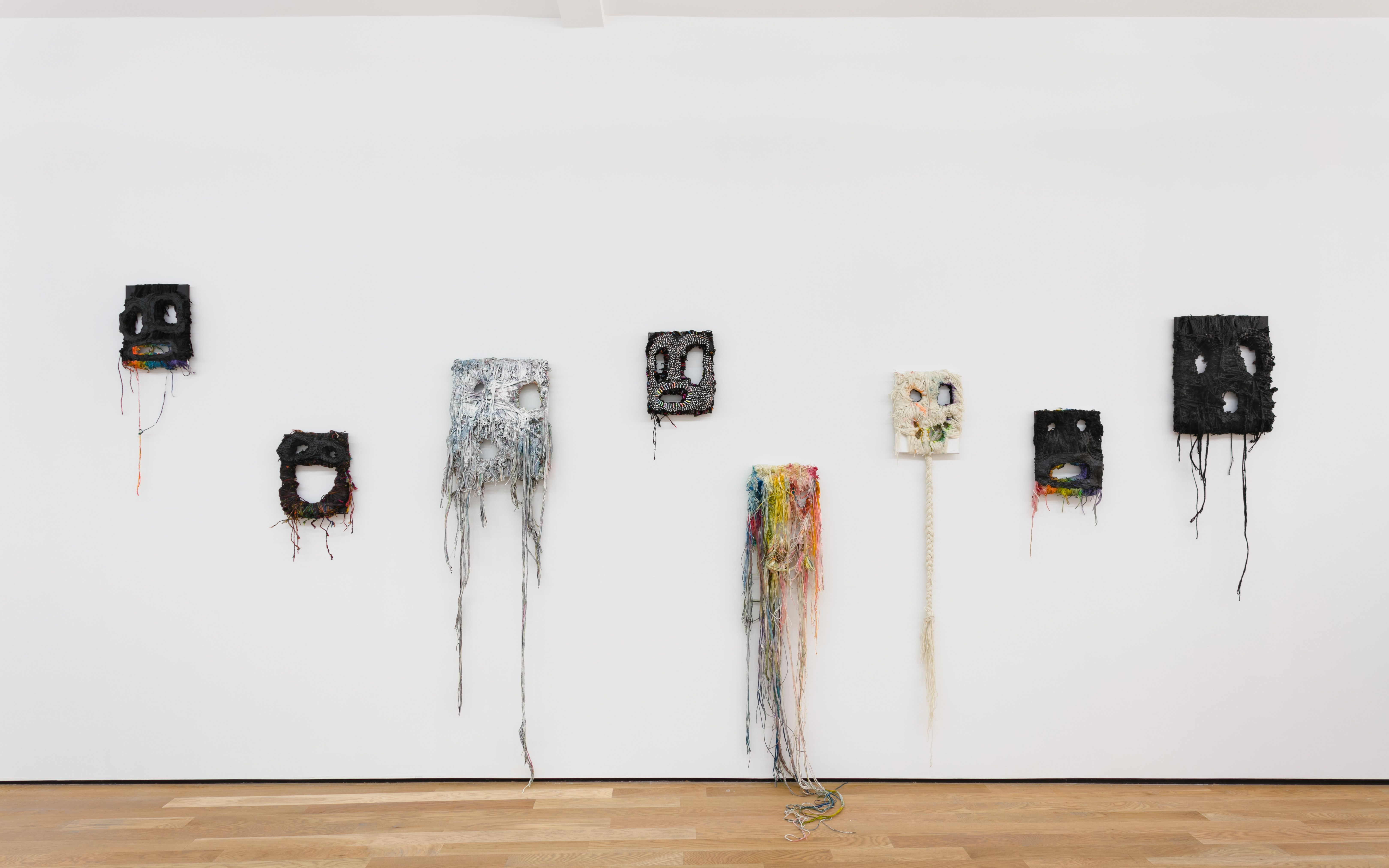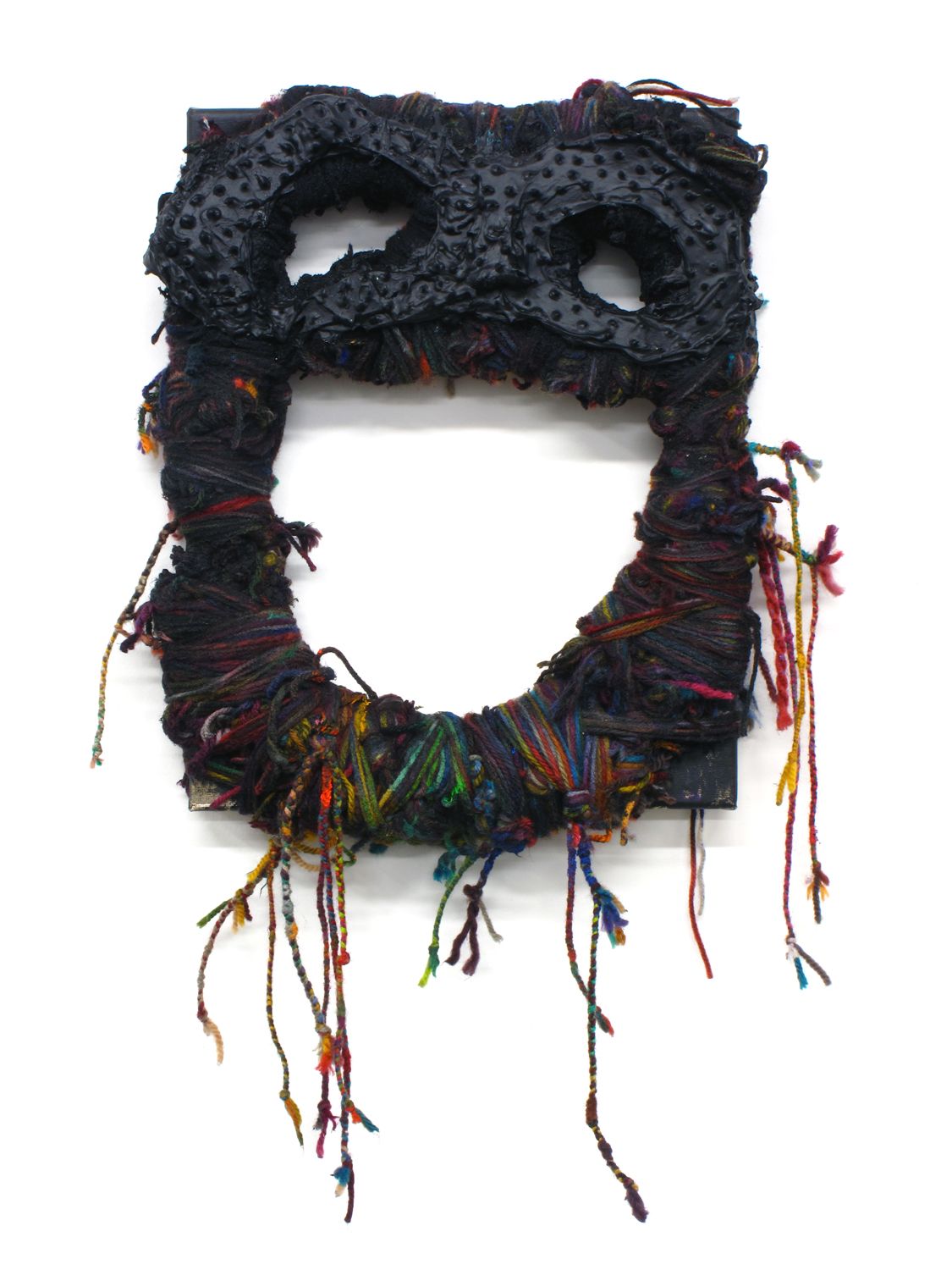and SULTANA, Paris 29 June 2017 - 28 July 2017
Foxy Production is pleased to host presentations by Château Shatto, Los Angeles, and Sultana, Paris, as part of the inaugural Condo New York. Condo takes its name from ‘condominium’ and is a large-scale collaborative exhibition of 36 international galleries across 16 New York spaces. Host galleries share their spaces with visiting galleries – either by co-curating an exhibition together, or dividing their galleries and allocating spaces. The initiative encourages the evaluation of existing models, pooling resources and acting communally to propose an environment that is more conducive for experimental gallery exhibitions to take place internationally.
Château Shatto, Los Angeles, presents:
Jean Baudrillard
Body by Body
Aria Dean
Jacqueline de Jong
Sultana, Paris, presents:
Jesse Darling
Jacin Giordano
Celia Hempton
Walter Pfeiffer
29 June – 28 July, 2017
Summer Hours: Monday – Friday, 11-6PM
Château Shatto is pleased to announce an exhibition of works by Jean Baudrillard, Body by Body, Aria Dean, and Jacqueline de Jong.
Jean Baudrillard’s contributions to theories about the image, particularly as they relate to the perception of reality, are exceptional. For Condo, we’ll present three of Jean Baudrillard’s works: photographs captured and exhibited during his lifetime. Titled only for the city or town where the photograph was shot, they appear as fugitive confrontations between the lens and the surface of things. Scrims, veils, warped reflections, and defective facades recur; it is in these moments that reality, the major subject of the artist’s discrimination, appears most conjectural. Each photograph is a record of an apparent absence: an absence of subject, an absence of meaning. The “gossamer thin difference between illusion and the real” (Cool Memories III: Fragments, 1997) articulates itself in these works through the diaphanous, illusory layers that stack upon each other. Baudrillard chose photography, not for its erroneous claim that it reproduces what one sees in the world, but precisely because, to him, photographs looked like “nothing on earth” (Impossible Exchange, 2001).
In November 2016, the cusp of the Presidential election in the United States, Body by Body presented a suite of tintype portraits in Turin. Tintypes are a popular photographic process developed in the 19th century that uses hand poured chemicals on an enameled sheet of metal. Today it is often used as a novelty souvenir capturing a certain construct of Americana. This association is likely derived from the popularity of tintypes in depicting the American Civil War. The subjects of Body by Body’s first series of portraits were Alternative for Germany’s chairwoman Frauke Petry, Hungary’s Fidesz party leader Viktor Orban, Breitbart Magazine and social media figure Milo Yiannopoulos, former UKIP leader Nigel Farage, French National Front’s president Marine Le Pen, and Freedom Party of Austria’s Norbert Hofer. In a space of months, the position, power and popularity of these political operatives shifted dramatically, leading the artists to restage portraits of the same figures. Exhibiting this new suite of tintypes in New York in summer 2017, one can measure the shifting meaning of the works against the shifting status of their subjects within the wider political climate. Each portrait is titled Zanni, after a stock character commonly found in Commedia dell’arte (a form of Italian improvisational theatre emergent in the 16th century) that is best known as a buffoon, clown, servant, or sometimes a “dispossessed immigrant laborer.” Zanni were also notable for their feats of acrobatics, swift movements, and body contortions.
Aria Dean’s prominent voice is expressed through her work as an artist, writer and curator. Recent exhibitions include White ppl think I’m radical, a two-person presentation with Hamishi Farah at Arcadia Missa and, At this stage, a group exhibition at Château Shatto. In 2017, Dean presented Busta Rhymes at the End of the World, an exegesis in the form of a lecture in which Dean maps Busta Rhymes’ apocalyptic narratives in his music and videos, through the lens of Afrofuturism and black radical thought. Dean’s new sculpture, Dead Zone (2), encases a cotton branch inside a bell jar – a display typically used to house precious objects derived from the natural world. Hidden inside the base of the bell jar is a signal jammer, which scrambles the signal of cell phones and other devices that could transmit an image. The sculpture is engineered to be seductive but refuses the transmitting signals that can distribute it as an image. Cotton branches are sold in the United States as home decor, but cotton also possesses an almost metonymic value in relation to the transatlantic slave trade and the economy driving it. Dean’s prominent essays, Poor Meme, Rich Meme and Closing the Loop, both deal with the circulatory flow of images, their value, blackness, and representation.
Following the five years Jacqueline de Jong spent editing and publishing the Situationist Times (1962-67), the artist developed a format for making paintings where two small canvases were framed, hinged together, and fixed with clasps. The diptych could be opened for display and then closed again for travel. At a time when the artist was traveling frequently between Amsterdam and Paris, this format was inventive and practical. Typically, these works are populated by diaristic scrawling on the left canvas and painted imagery on the right. They are confessional, libidinal, filled with de Jong’s personal reflections as well as depictions of concurrent global events that she encountered directly and via news media. From this series, Op het land waar het leven zoet is (On the countryside where life is sweet), 1972, will be exhibited at Foxy Production. The imagery ranges from participants in the Sapporo 1972 Winter Olympics, portraits of the Black Panthers, a self-portrait of the artist reading a book while masturbating, the artist’s cat, and various lovers embracing.
Sultana is pleased to showcase works by Walter Pfeiffer, Celia Hempton, Jesse Darling and Jacin Giordano. The works will constitute an ensemble centered on the body as the vehicle of the intimate, questioning how the body can be revealed or hidden, displayed or bemused, and why?
Celia Hempton is a British painter born in Stroud in 1981, living and working in London. Deeply focused on understanding the process of looking, she paints intimate parts of her models as portraits, capturing their attitudes and performances. She investigates the relationship between the viewer and the one being viewed, especially when the Internet takes part in the making of a new idea of the intimate.
In Jacin Giordano’s paintings, material and form seem to be in a constant state of experimentation. The intensive labor and craft involved results in a seemingly chaotic ensemble, a poetic and sensual puzzle. In the series Masks for Hunting Rainbows, colored scrolls allow us to see and almost feel a surreal organic material. They remind us of primitive ritual masks, but are the equipment required for a phantasmagorical quest.
Jesse Darling is a British artist, writer and blogger born in 1981 in Oxford. Their work centers around explorations of self in the Internet age and profound thinking about queer politics as well as late capitalism. In an ongoing project to denaturalize the theological eco-system of capitalist modernity as “an arbitrary, violent fairytale,” Jesse Darling’s work and research considers the social, physical and narrative body as a site where architectural, [bio]political and social structures manifest and become transformed. One of the sculptures they showcased in their show Armes Blanches at Sultana, Little 1s (growing), will be exhibited.
Born in 1946 in Beggingen, Walter Pfeiffer, who lives and works in Zurich, started photography in the 70’s without any technical ambition, but the will to provide a new visual vocabulary for beauty, eroticism and freedom of life. His work gaining its initial recognition through an underground network has today now reached the status of a cult object. He’s now considered an icon of underground queer photography alongside Larry Clark and Nan Goldin. He has developed a unique blend of eroticism and wit, classical serenity and ornamental playfulness, artifice and immediacy that has begun to garner major international attention in the past few decades. He leads his quest for male beauty with precision but also humor. Three B&W photographs will be showcased, all representative of his glance on a desired, mysterious, sculpted body.
Please contact the respective galleries for information on the exhibiting artists:
For further information about Condo:
CREDITS
Installation Photography: Charles Benton.
- Korman, Sam. "Critics Guide: Condo New York." Frieze. 4 July 2017. Web.
- Smith, Roberta. "Out-of-Town Galleries Arrive, Bearing Gifts." The New York Times. 14 July 2017: C16.
- "Goings on About Town. Jean Baudrillard. Saint Clément." The New Yorker. 31 July 2017: 13. (Image.)
- Weiss, Isabella. "Exhibition Review: Condo New York.” Musée: Vanguard of Photography Culture. 8 Aug 2017. Web.
- Garcia, John. “New York - Condo New York: Sultana and Chateau Shatto Hosted by Foxy Production Through July 28th, 2017." Art Observed. 16 July 2017. Web.
























